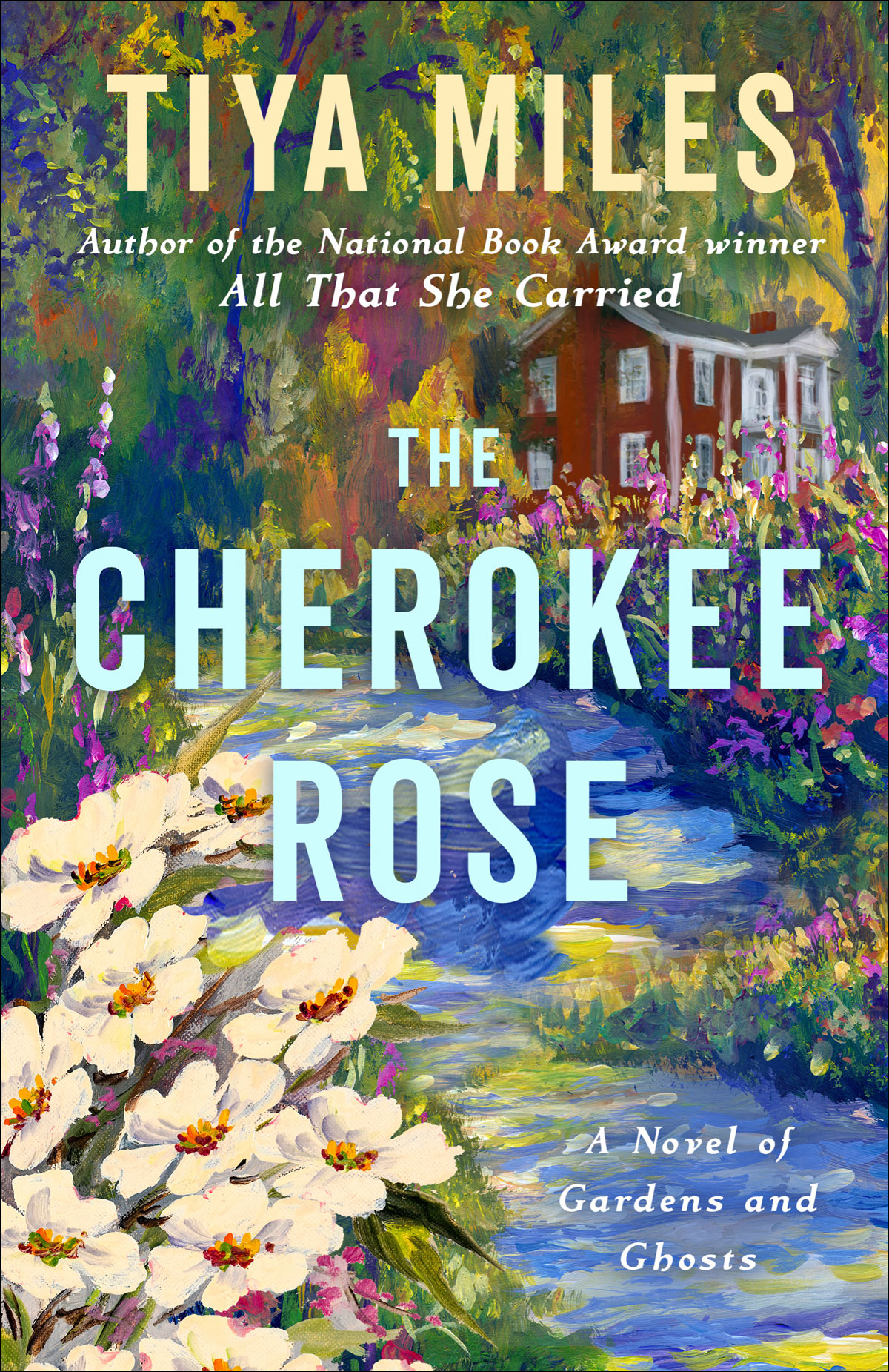Book Review
Reflections on The Cherokee Rose

Book Review By Brenda Greene
“The Cherokee Rose” By Tiya Miles
275 pp. Random House
The prologue for Tiya Miles’s debut novel, The Cherokee Rose: A Novel of Gardens and Ghosts sets the tone and context for a novel that explores the intricacies and complexities of African American and Native American race and ethnic relations from the perspectives of three women who are “called” to uncover the untold story and mystery of the Hold House, a Georgia plantation originally owned by Cherokee Chief James Hold in the early 19th century. Chief Hold, a wealthy mixed race (Scottish and Native American) man who practices chattel slavery with both African Americans and Native Americans, employs the same techniques, horrors, and atrocities exemplified by white slave owners who exploited and subjected enslaved peoples. The narrator of the prologue, personified as the ghost of Mary Ann Battis, a young girl of Native American and African American origin, tells the reader:
She had but one hope. There were descendants-bone of her mother’s bone, flesh of her mother’s spirits. A way must be found to call them to a tainted house. She would gather the scattered defenders. They would gather the buried memories. The memories would bind them together or tear them apart.
The women called to unearth these memories are Jinx, a Muscogee (Creek) historian, Ruth, a magazine editor on assignment, and Cheyenne a Southern Black upper middle-class woman who hopes to affirm her identity as an African American with Cherokee origins, to purchase the “tainted” house, and to turn it into a Bed and Breakfast. As the women embark on their quest to gather the buried memories and unravel the story of the Hold House, a symbol of one of the characters in this historical novel framed by elements from the genre of speculative fiction, they feel the presence of a spirit as they enter the boundaries of the house. “The moment Jinx had crossed the threshold of Hold House, she had sensed something was wrong with the place.” In Ruth’s words, “this plantation, or a spirit that animated it, was obsessed with emotions of the past. Hold Hill had a ghost.”
The “haunted” Hold House exposes the complicated nature of race relations in this country, the survival techniques of enslaved African American and Native American men and women, and the similarities of cultural traditions such as healing, gardening, and the symbol of the rose. Ruth, Jinx, and Cheyenne find that they are connected by a series of events that depict the blurring of race, ethnicity, and the church in America. Mary Ann Battis is the catalyst or fourth person that forces the women to confront the realities of what the house has been for enslaved African American and Native Americans in this nation.

Miles believes in using fiction to explore the past and connect it to the present. She does this by grounding the novel in historical facts regarding the Trail of Tears, the origins of the tensions between the identities and roots of African Americans and Native Americans, and the impact of the Moravian church and other white missionary churches that traveled to Cherokee country. The Hold House is based on a real planation house owned by Chief Vann in Diamond Hill, Georgia. Just as she did in her award-winning narrative, All That She Carried, Miles examines the artifacts that exist on the plantation. The Cherokee rose runs wild and “grows in places people have occupied but left behind.” The oddly shaped shelter left on the plantation is another Hold House mystery. Ruth and Jinx reflect on its shape: it could be African-influenced, an early Cherokee winter lodge, or even a prison cell.
As readers we gain insight into the emotions experienced by both enslaved and contemporary men and women in the novel. We enter their interior lives, and witness their creativity, intellect, and courage as they navigate the travails of slavery. These qualities and emotions are not always accessible in straight historical accounts of events.
Miles’s research and scholarship are reshaping the way in which we present history. Her use of fiction to depict our historical narrative has expanded the Master Narrative of Indigenous and Black people in this nation. This research also provides deeper insight into the nature and realities of these relationships. How many African Americans announce to their families, friends, and colleagues that they have Cherokee blood? How has the Cherokee nation perceived this? The Cherokee Rose offers an alternative perspective on the intersection of relations between African American and Native American people. Those African Americans, who in tracing their ancestry, believe that they have Cherokee blood or that their family members were part of the Cherokee tribal nation, may be motivated to further investigate their findings after reading this novel.
Dr. Brenda M. Greene is a Professor of English and Founder and Executive Director of the Center for Black Literature at Medgar Evers College, CUNY.

